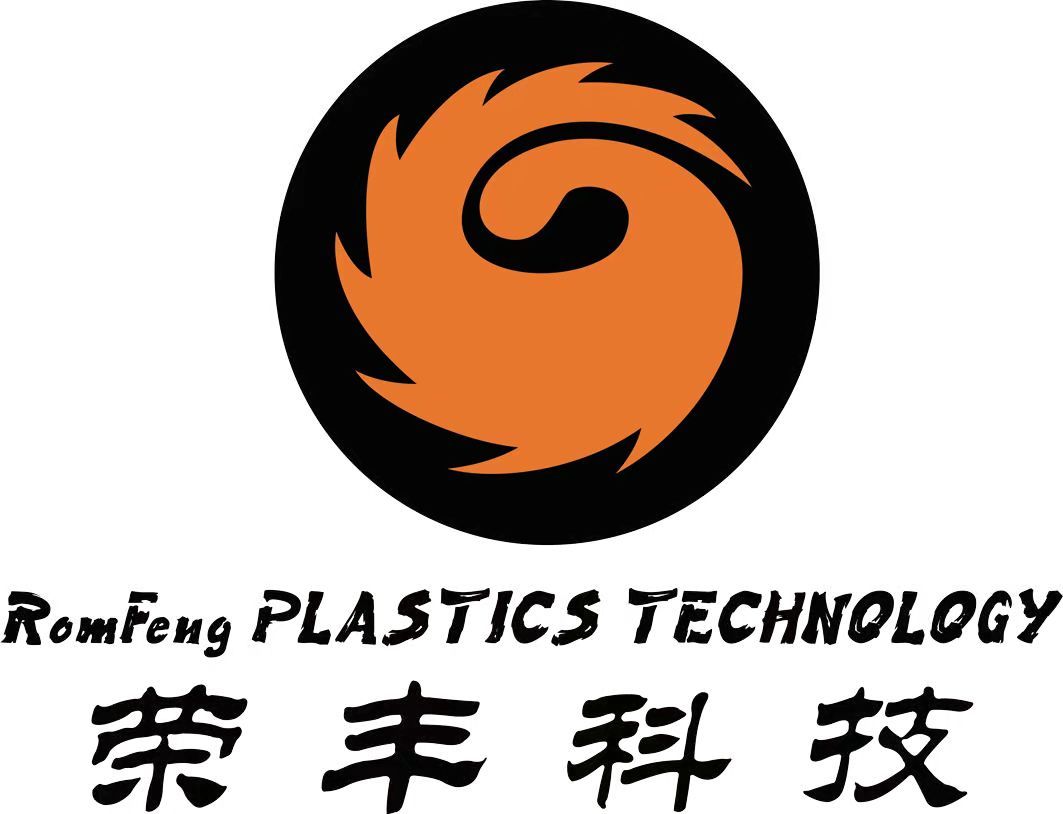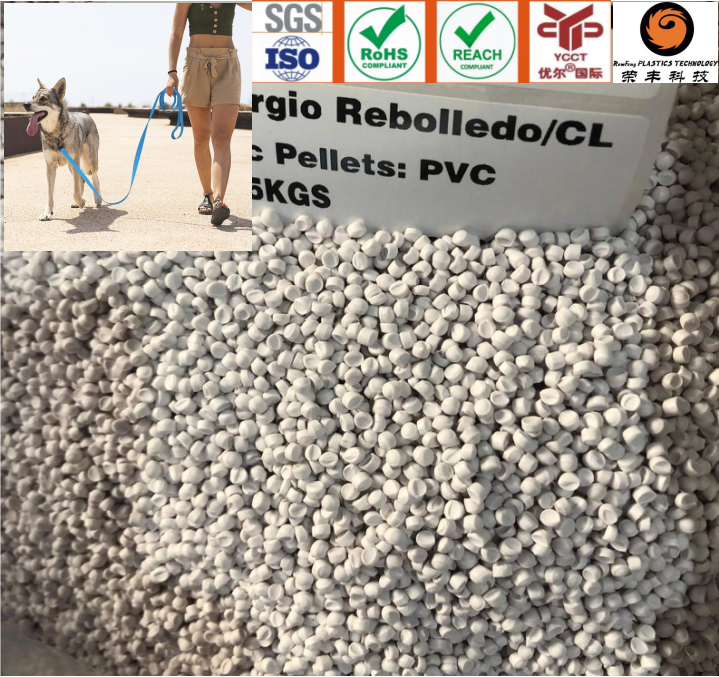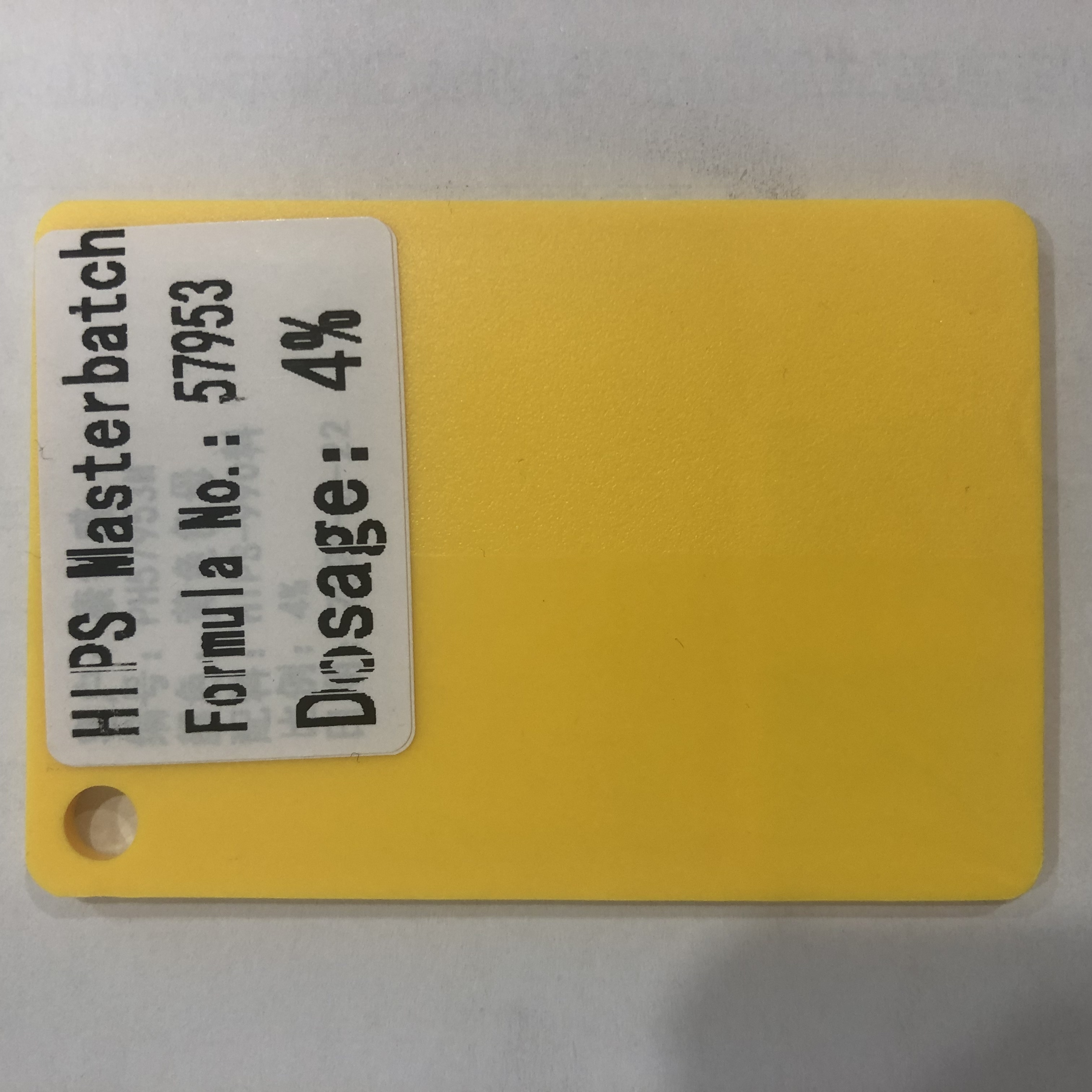Unlocking the Potential of Biodegradable Additive Masterbatch in Sustainable Plastics
Release time:
2025-10-05 10:30
Source:
In recent years, the shift towards sustainable practices has become a focal point in the plastics industry. One of the prominent innovations driving this change is the development of biodegradable additive masterbatch. This specialized formulation enables the production of plastics that can break down naturally in the environment, reducing the long-term impact of plastic waste.
Biodegradable additive masterbatch typically consists of a carrier polymer combined with a blend of biodegradable additives. These additives can facilitate the breakdown of the plastic material under specific conditions, such as exposure to heat, moisture, or microorganisms. The integration of these masterbatches into various polymer matrices allows manufacturers to create products that retain the desirable properties of traditional plastics while significantly reducing the environmental footprint.
The use of biodegradable additive masterbatch is particularly relevant in applications where plastic products have a short lifespan, such as packaging materials, single-use items, and agricultural films. For instance, biodegradable films can provide a viable alternative to conventional plastic films in agriculture, helping to minimize soil pollution and facilitate easier crop cultivation. Similarly, in the food packaging sector, biodegradable options can meet consumer demand for sustainable packaging without compromising product integrity.
Implementing biodegradable additive masterbatch in production processes also requires careful consideration of processing conditions and product design. Manufacturers must ensure compatibility between the masterbatch and the base polymer to achieve optimal performance. This includes evaluating factors such as melt flow rates and processing temperatures to maintain product quality.
Moreover, it is essential for manufacturers to educate their customers about the proper disposal methods for products made with biodegradable additives. While these materials can break down over time, they still require appropriate environmental conditions to do so effectively. Providing clear guidelines for disposal can enhance consumer confidence and promote responsible use of biodegradable plastics.
In conclusion, the integration of biodegradable additive masterbatch into the plastics industry represents a significant step towards achieving a more sustainable future. By investing in research and development and adopting these innovative materials, companies can position themselves as leaders in the green revolution. As the demand for eco-friendly solutions continues to grow, the potential for biodegradable additive masterbatch to transform the landscape of modified plastics is immense, encouraging manufacturers to embrace sustainability without sacrificing performance.
Biodegradable additive masterbatch typically consists of a carrier polymer combined with a blend of biodegradable additives. These additives can facilitate the breakdown of the plastic material under specific conditions, such as exposure to heat, moisture, or microorganisms. The integration of these masterbatches into various polymer matrices allows manufacturers to create products that retain the desirable properties of traditional plastics while significantly reducing the environmental footprint.
The use of biodegradable additive masterbatch is particularly relevant in applications where plastic products have a short lifespan, such as packaging materials, single-use items, and agricultural films. For instance, biodegradable films can provide a viable alternative to conventional plastic films in agriculture, helping to minimize soil pollution and facilitate easier crop cultivation. Similarly, in the food packaging sector, biodegradable options can meet consumer demand for sustainable packaging without compromising product integrity.
Implementing biodegradable additive masterbatch in production processes also requires careful consideration of processing conditions and product design. Manufacturers must ensure compatibility between the masterbatch and the base polymer to achieve optimal performance. This includes evaluating factors such as melt flow rates and processing temperatures to maintain product quality.
Moreover, it is essential for manufacturers to educate their customers about the proper disposal methods for products made with biodegradable additives. While these materials can break down over time, they still require appropriate environmental conditions to do so effectively. Providing clear guidelines for disposal can enhance consumer confidence and promote responsible use of biodegradable plastics.
In conclusion, the integration of biodegradable additive masterbatch into the plastics industry represents a significant step towards achieving a more sustainable future. By investing in research and development and adopting these innovative materials, companies can position themselves as leaders in the green revolution. As the demand for eco-friendly solutions continues to grow, the potential for biodegradable additive masterbatch to transform the landscape of modified plastics is immense, encouraging manufacturers to embrace sustainability without sacrificing performance.
biodegradable additive masterbatch








